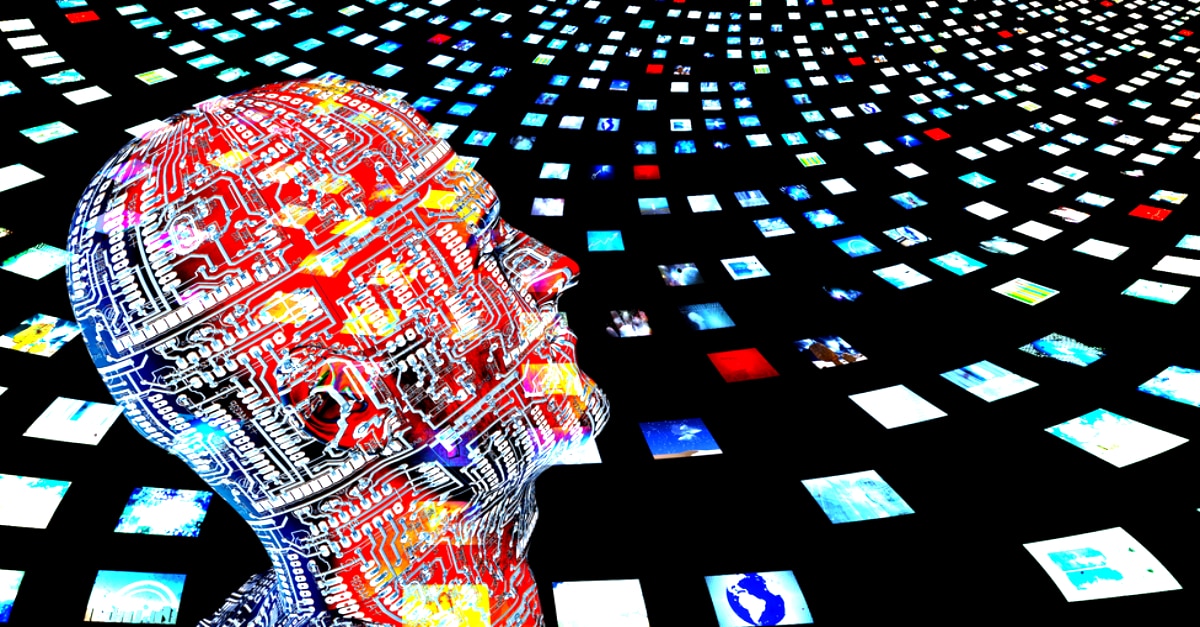Welcome to our coverage of SMX Social in Las Vegas! We kicked off the first day of the conference discussing the intersection of social networks and television during, #FOMO: Social As The Second Screen. Leaders from Twitter, Nielsen and Comedy Central gave a packed conference hall a look at how the trend plays out in their respective realms.
These days, if you watch any broadcast or cable television program, most will have one thing in common: A hashtag in the lower right corner. It’s there because consumers don’t live on one screen when they watch TV. They tweet about it, talk about it and share about it on their devices while they watch, a phenomenon known as second-screening.
Mark Heedt, Head of Social TV at Twitter led the session with Twitter’s amazing live map of tweets during last summer’s World Cup final between Germany and Brazil showing how tweets exploded around the world when the match began. It was a great visual that set the stage for the session’s focus on Twitter as the social soundtrack to television.
Seventy percent of tweets occur during a program’s broadcast window but the pattern of engagement varies based on the type of programming. For a reality show like NBC’s The Voice, an episode with 273,000 tweets will see a spike at the beginning with bumps for each performance before a huge leap at the end when the judges make their decisions. Drama programing like Breaking Bad – a Twitter beast pulling 324,000 tweets per episode – sees the same spike at the start then a lull until the middle of an episode when the plot turns toward its climax and tweeters go crazy.
So if 70 percent of these tweets come while programming is on the air, what about the other 30 percent? Using The Walking Dead as an example, Heedt showed how one user tweets during the show, gets a response and starts a conversation that goes on after the episode ends. Multiply that by the hundreds of thousands of users tweeting and Twitter’s power on the second screen becomes clear.
Twitter doesn’t sit idly by while this happens. It monetizes the trend by allowing brands to target users by show, network or genre. Heedt gave examples of Jordan running commercials during shows then using the platform to build frequency, and Volkswagen using nearly real-time video of a World Cup goal to essentially turn its targeted ad into instant replay as proof of the opportunities brands have with second screen viewers.
Nielsen and measuring the second screen effect
Consider this: 36 million people sent tweets about television in 2013, earning 990 million impressions. Deirdre Thomas from Nielsen explained how their research shows a whopping 84 percent of tablet and smartphone owners who watch TV use their devices simultaneously. With 73 percent of TV households owning smartphones (41 percent own tablets), you can see the breadth of opportunity for brands. Nielsen is able to study second-screeners and break out demographics so brands know who to target to reach their KPIs. As you might guess, sports second-screeners skew male while drama and reality social talkers tend to be female.
The convergence of Twitter and television also means more ad money and opportunity for networks. As DVR and online viewing became more common, Nielsen developed a “live+7” metric to measure how many people saw programming live or in the seven days following its broadcast. Social is a huge driver in live+7. Shows with high social engagement (think Breaking Bad, Walking Dead, Scandal, etc.) measure a 36-percent higher live+7 audience than live-only audiences. For comparison, shows with low social boost their live+7 only 16 percent.
Beyond just ratings with Comedy Central
While Twitter is obviously huge, for a TV network it can’t be the only social channel for boosting viewership and building affinity for original programming. Don Steele, SVP, Fan Engagement & Multi Platform Marketing with Comedy Central, explained how multi-channel social measurement has changed how the cable network assesses its performance. What used to be all about awareness and ratings is now focused on a variety of KPIs like interest, affinity, engagement, advocacy as well as ratings.
Steele explained how they use Halloween to pursue those metrics with their fans. After learning people like to dress up as their favorite Comedy Central characters, the network served them content to help create their costumes. Fans responded by sharing pictures back on the brands’ channels. That is how brand affinity is strengthened.
On the paid side, Steele walked the audience through how it turned a TV ad that aired once into a social sensation that earned 10 million impressions. The ad, a South Park spot criticizing Daniel Snyder for his NFL team’s controversial nickname, ran one time on Washington, DC, televisions earning a modest 90,000 impressions. But within three minutes Comedy Central had the spot in social ads and 20 minutes later it was lighting up the blogosphere.
Chances are if you’re reading this blog, you’re also a second-screener. Next time you sit down to watch your favorite reality show or spend all of a Sunday watching the NFL, take note of how networks prompt you for engagement and how brands use what you’re watching to turn you into a customer.









